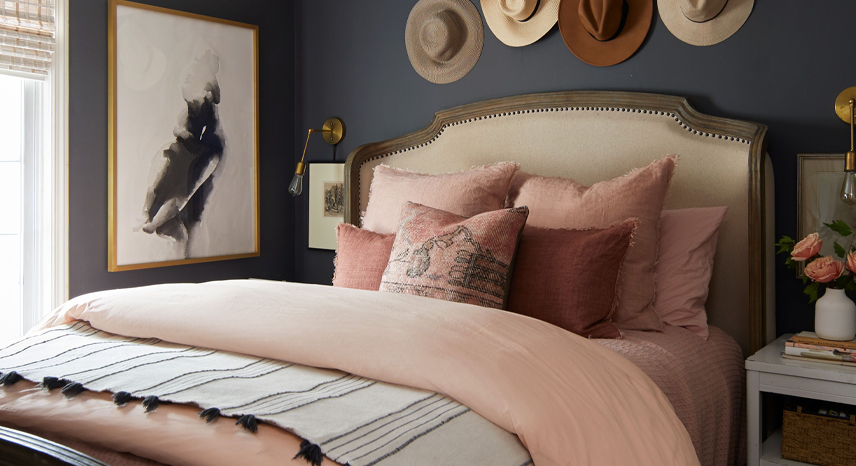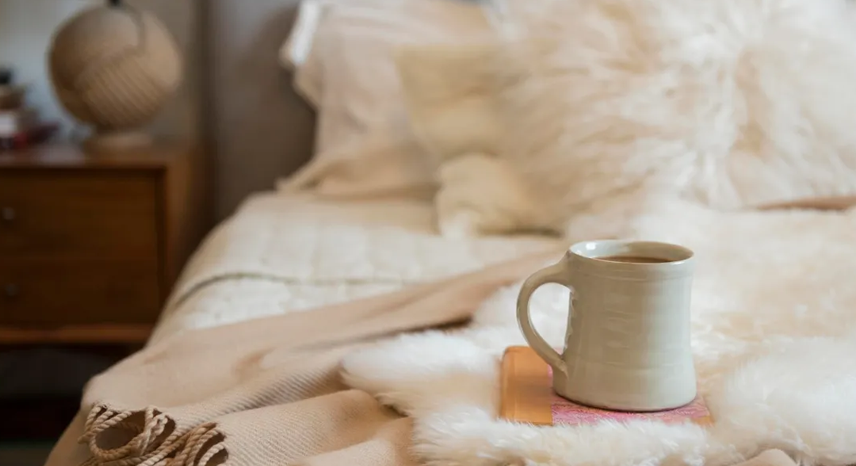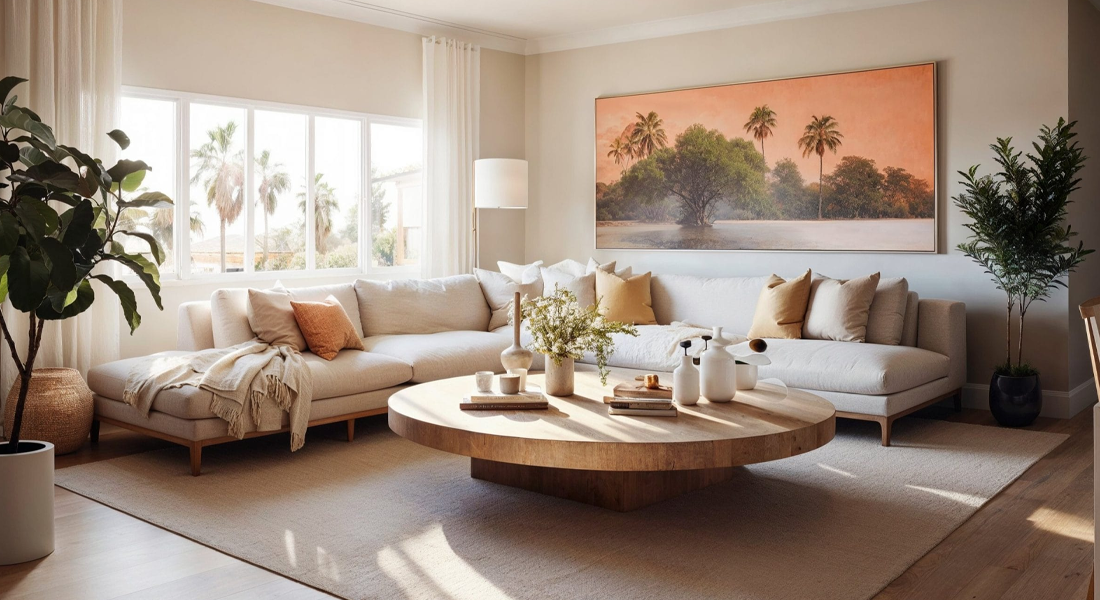How to Create a Calming and Relaxing Bedroom

In today’s fast-paced world, finding a sanctuary to unwind and recharge is more important than ever. Your bedroom should be that sanctuary—a space where you can escape the stresses of daily life and enjoy a peaceful night’s sleep. But how do you create a calming and relaxing bedroom? This blog’ll guide you through the best ways to transform your bedroom into a serene retreat.
1. Choose a Soothing Color Palette
The colors you select for your bedroom can significantly impact your mood and sense of peace. Opt for soft, neutral tones such as light blues, greens, and grays, known for their calming effects. These hues help create a tranquil atmosphere, making it easier to relax and drift off to sleep. Avoid bright, bold colors like red or orange, as they can stimulate and disrupt your ability to unwind.
2. Invest in Quality Bedding
Your bed is your bedroom's centerpiece, so investing in high-quality bedding is essential. Choose soft, breathable fabrics like cotton or linen, which help regulate your body temperature and keep you comfortable throughout the night. Consider adding a plush duvet or comforter and a few extra pillows to create a cozy, inviting bed that you’ll eagerly anticipate at the end of each day.
3. Declutter and Organize
A cluttered bedroom can lead to a cluttered mind, making it difficult to relax. Take the time to declutter and organize your space by removing any items that don’t belong there. Use storage solutions like baskets, bins, and under-bed compartments to keep your belongings out of sight, creating a more serene environment. A clean, organized bedroom promotes a sense of calm and facilitates relaxation.
4. Incorporate Soft Lighting
Harsh, bright lighting can be jarring and disrupt your ability to unwind. Instead, choose soft, warm lighting that creates a cozy, inviting atmosphere. Consider using dimmer switches, table lamps, or string lights to achieve a gentle glow in your bedroom. You can also use candles or essential oil diffusers with soft lighting to enhance ambiance and promote relaxation.
5. Add Natural Elements
Bringing elements of nature into your bedroom fosters a calming and relaxing environment. Consider incorporating houseplants, which improve air quality and add a touch of greenery to your space. Use natural materials like wood, stone, or bamboo in your furniture and decor to create an organic, soothing atmosphere.
6. Create a Comfortable Seating Area
If space permits, add a comfortable seating area to your bedroom. A cozy armchair or small loveseat provides a quiet spot for reading, meditating, or simply relaxing. Choose soft, plush fabrics, and include throw pillows and a blanket to make the space even more inviting.
7. Use Calming Scents
Aromatherapy can be a powerful tool for promoting relaxation and creating a calming atmosphere in your bedroom. Opt for essential oils like lavender, chamomile, or eucalyptus, which are known for their soothing properties. You can use an essential oil diffuser, scented candles, or linen sprays to infuse your bedroom with pleasant fragrances that help you unwind.
8. Minimize Noise Disturbances
Noise can significantly disrupt relaxation and sleep. Use soundproofing techniques such as heavy curtains, rugs, or acoustic panels to create a more peaceful environment to minimize disturbances. A white noise machine or fan can also provide consistent, soothing background noise to mask disruptive sounds.
9. Incorporate Personal Touches
Your bedroom should reflect your style and preferences. Incorporate meaningful touches such as family photos, artwork, or decor items that bring you joy and comfort. Creating a space that feels uniquely yours promotes a sense of ease and relaxation.
10. Keep Technology at Bay
While technology can be convenient, it can also be a major source of stress and distraction. To foster a more calming and relaxing bedroom, consider keeping electronics like TVs, computers, and smartphones out of the room. If technology must be present, limit its use and establish a designated charging station outside your bedroom to create a boundary between your sleep space and digital life.
11. Optimize Your Sleep Environment
Creating a calming and relaxing bedroom is ultimately about optimizing your sleep environment. Consider factors such as room temperature, mattress quality, and pillow support to ensure your bedroom is conducive to restful sleep. Keep your space cool, dark, and quiet, and invest in a high-quality mattress and pillows that support your body appropriately.
12. Practice a Relaxing Bedtime Routine
Finally, establishing a relaxing bedtime routine signals your body that it’s time to wind down. Incorporate activities like reading, journaling, or gentle stretching into your nightly ritual to calm your mind and body. Avoid stimulating activities such as watching TV or scrolling through your phone, as they can hinder your ability to relax and fall asleep.
Creating a calming and relaxing bedroom is essential for promoting restful sleep and overall well-being. Following the tips outlined in this blog, you can transform your bedroom into a serene retreat where you escape the stresses of daily life and enjoy peaceful nights. From selecting a soothing color palette to integrating natural elements and minimizing noise disturbances, numerous ways exist to craft a tranquil space tailored to your needs. Remember, your bedroom should embody your style and preferences, so don’t hesitate to experiment with various decor and design elements until you find the perfect fit. With a little effort and attention to detail, you can create a bedroom that looks beautiful and fosters relaxation and tranquility.










